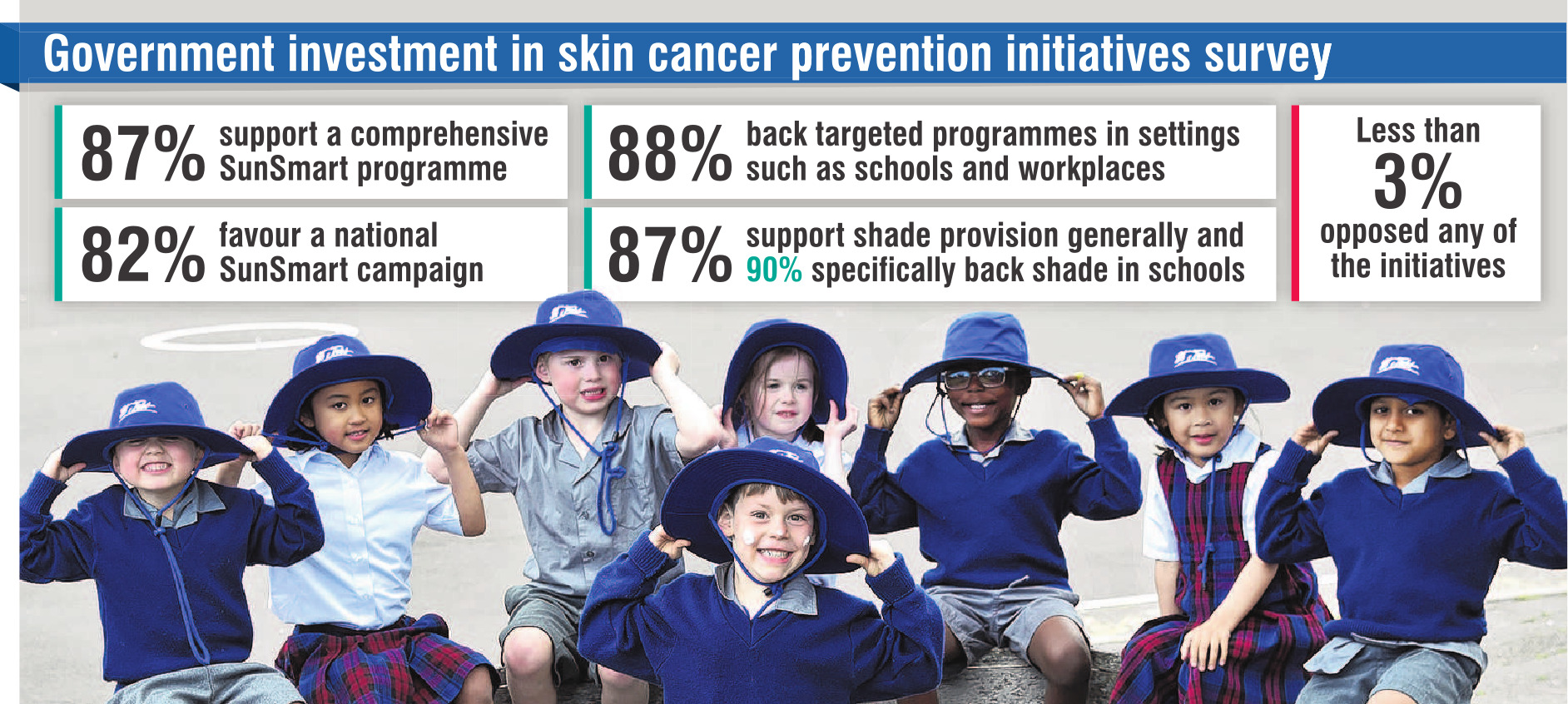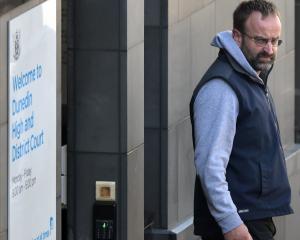
The latest briefing from the Public Health Communication Centre shows skin cancer affects two in three New Zealanders at some point in their lives, making it one of the country’s most common and preventable health conditions — treatment costs exceeded $450 million each year.
The lead author, University of Otago senior research fellow and Social and Behavioural Research Unit co-director Dr Bronwen McNoe, said the financial impact was "considerable".
Each year, New Zealand’s health system treated tens of thousands of skin cancers — the country’s most common cancer, she said.
Despite these costs, government investment in prevention remained critically low at about $300,000 per year — a quarter of what it was two decades ago.
She said excessive exposure to solar ultraviolet radiation (UVR), the primary modifiable risk factor, remained poorly addressed in many schools, workplaces, sports settings and local government.
Dr McNoe said prevention investment was not aligned with the scale of the problem.
"Effective policy to reduce UVR exposure would lower the incidence of skin cancer and save the country health dollars."
St Joseph’s Cathedral School principal Jo Stanley said her school had a strong sun smart policy, where parents bought hats for the children and the school put shades up in terms 1 and 4 to make sure the pupils were safe.
She said it was important because the children did not know the consequences of UVR exposure and it was the school’s role to protect their future.
"Look how many people are affected by skin cancer.

However, Dr McNoe said sun safety in schools was inconsistently addressed, despite legislative requirements for safe learning environments.
The recent removal of UVR from the Education Review Office’s board assurance checklist highlighted a growing policy gap.
Fewer than half of outdoor workers reported having a sun protection policy at their workplace and only about half said their employers provided hats or sunscreen.
Local councils, which manage most public outdoor spaces, were also under-equipped to act.
She said only six of 67 councils had UVR policies, despite strong public demand for more shade in parks and playgrounds, and only 12 of 71 national sporting organisations included sun protection measures.
National survey data showed overwhelming support for a comprehensive sun smart programme, a national campaign and shade provision in schools.
The briefing called for a national policy framework that prioritises UVR protection across schools, workplaces, sports and local government; mandatory product standards for sunglasses, clothing and shade materials; dedicated funding for prevention programmes and community-based shade infrastructure; and a ban on commercial sunbeds, aligning New Zealand with Australia.
"Skin cancer prevention is a classic case where policy can save both lives and money.
"What’s needed now is for skin cancer prevention to become a public health priority in New Zealand," Dr McNoe said.










